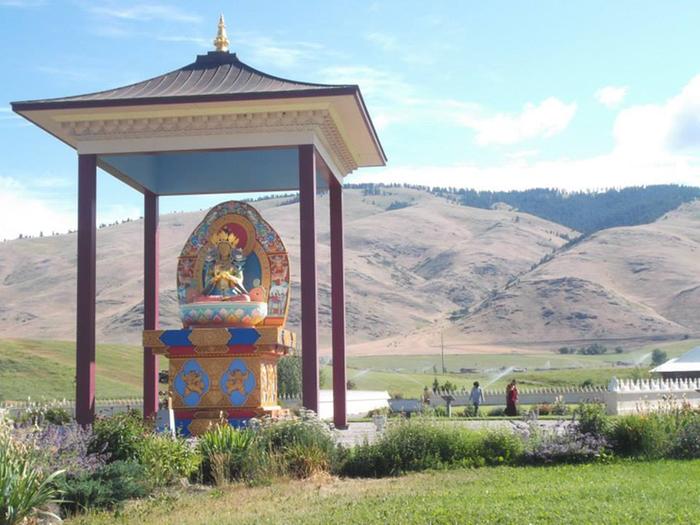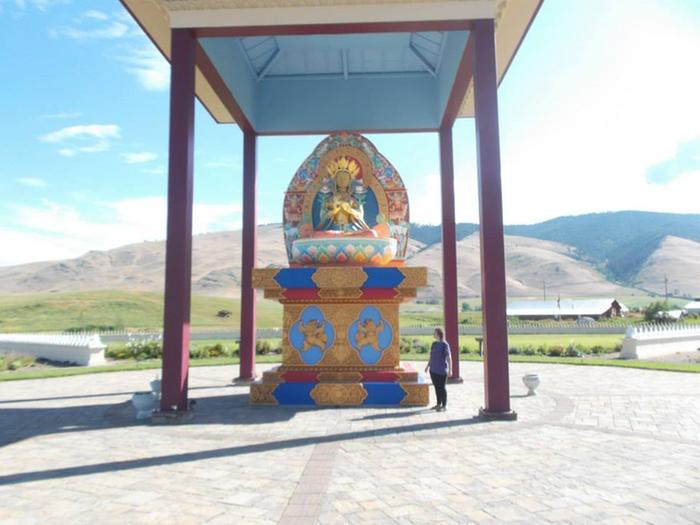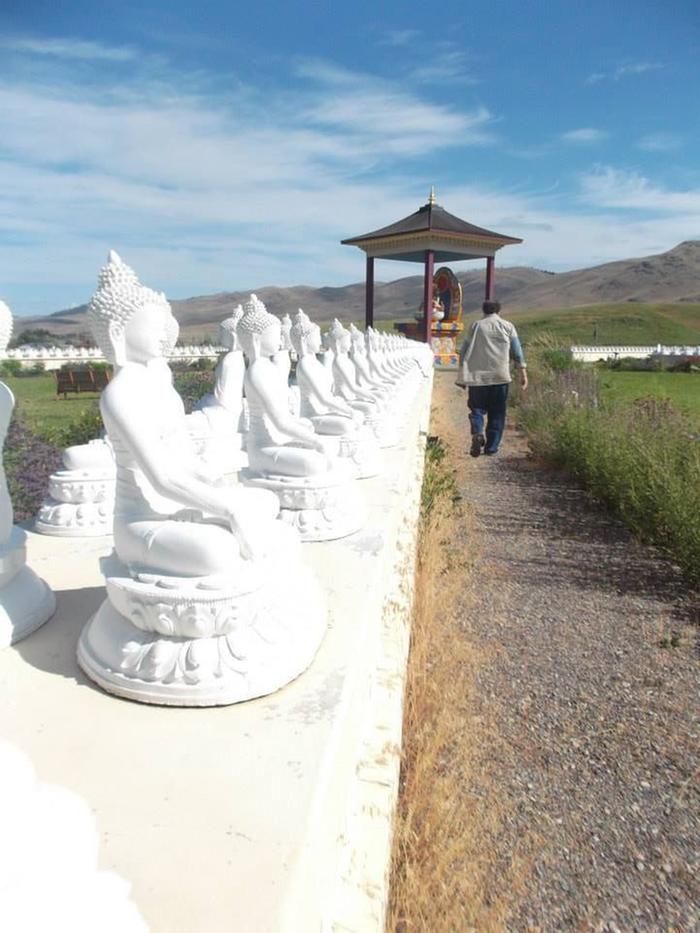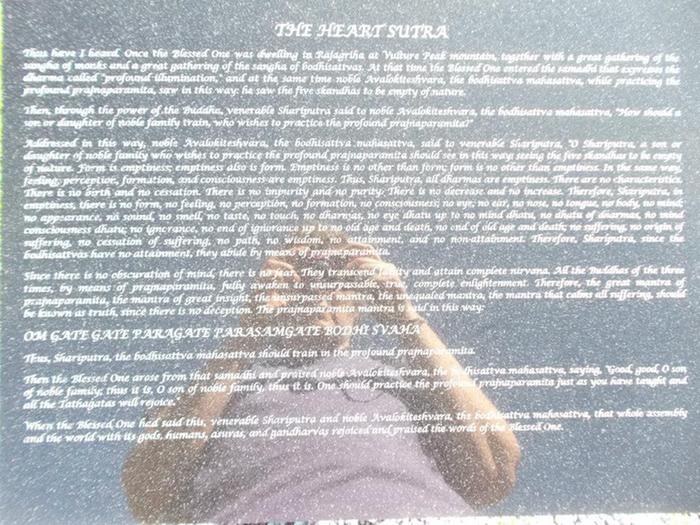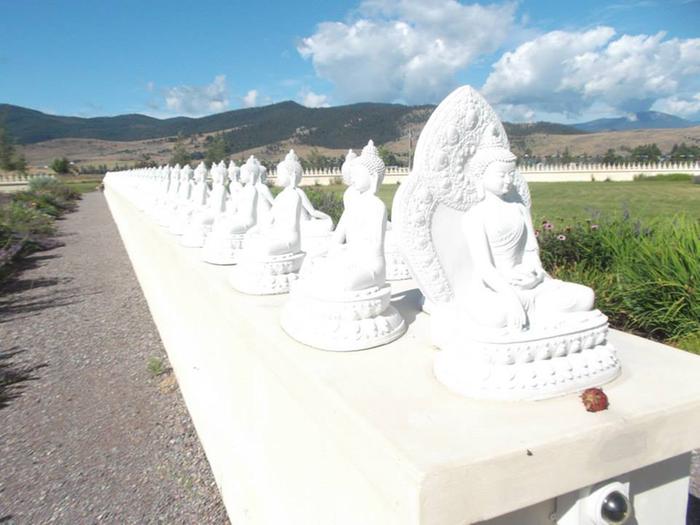Hi Paul,
I first got “into” Zen Buddhism 40 years ago. Since then, I studied oriental languages and culture. I also spent many years in the Far East.
paul wheaton wrote:
I always thought it was cool that no wars have been waged in the name of buddhism.
That is a very persistent myth, but unfortunately it is only a myth. Buddhists have been at the killing game with a vengeance, like all the rest. The most recent examples are in Sri Lanka, where the hate and suffering resulting from the extended civil war still linger. Many of the Buddhist countries in Indochina have, in modern times, seen bloodshed and atrocities that would scare the vilest of Christian crusader. Japanese Buddhist organizations collected donations to fund military planes for Kamikaze fighters and urged Japanese officers and troops to “kill, kill, kill …” during WWII. The reasoning was that the sword was doing the slaying and not the Samurai and that it was the victim who would come to meet the sword. The Chinese monk of the Tang dynasty who founded Zen, sold ordination certificates to fund a military campaign against an uprising. This got him the favors of the emperor and he was able to beat a rival school of Zen. The king who reunited the Indian subcontinent about 2000 years ago converted to Buddhism, but the numerous military campaigns he conducted to unite the country must have cost innumerable lives and untold sufferings. I could go on, but I think the above gives you an idea.
It is just like with Christianity, the theory is great (“love thy neighbor …”), but things tend to work out somewhat different in the real World.
And I have heard buddhists say some things that have really clicked for me.
Yes, that is what it was for me too. There have been attempts to bring some Buddhists ideas into proximity with modern environmentalism. Again, this is more theory than reality. In Mahayana Buddhism, which has spread mostly in Central Asia, China, Japan and Korea, there are some thoughts that can be interpreted that way:
The Bodhisattva Vows: Bodhisattva literally means an “enlightened being”, much like the Buddha, except that s/he vows not to enter into Nirvana before all “sentient beings” are not liberated. This includes all animals and even plants. Thus humans are on the same level as animals and plants. In Western thinking (Christianity, Humanism, Socialism), humans dominate the rest of creation.
The Avatamsaka: this is a relatively late Mahayana Sutra that gained prominence especially in China. A central theme of this Sutra is the theory of “Indra’s Net”. The Sutra describes the universe as a gigantic net. At each node of the net there is a precious stone. The whole universe is reflected in each precious stone. Each precious stone is reflected in every other precious stone. Here we have a good description of an interrelated universe, showing that one action, for example changing a gene, will have an impact on every other element in the universe.
These are brilliant ideas that could “in theory” lead to an environmental World view in which humans don’t destroy the rest of creation because they feel integral part of this creation.
Yet again, the reality looks very different, especially with Western converts to Buddhism. Buddhists are great adepts at one-upmanship, so whatever I say; there will always be someone to offer you an even more intricate explanation. For the sake of brevity, here is a very simply explanation: The central idea in Buddhism is to overcome suffering. To do so, Buddhists have to realize that the World around them including their own self is an illusion and has no reality. While in theory this leads to awakening and truly understanding things as they are, in reality this often leads to a negativistic or fatalistic attitude with an exclusive emphasis on introspection. The result is that Buddhists like the status quo, they don’t want to hear about environmental issues because it upsets their meditation and mental equilibrium. I have banged my head against the wall in Buddhist forums in several languages for a long time, it is always the same; there is either indifference or total denial of environmental issues.
I could go on at some length, and you are welcome to ask further question. If you want to do more reading, check out “engaged Buddhism” and the writings of David R. Loy, especially his texts entitled “Ecobuddhism”, “Can Buddhism save the Planet”, “Indra’s Postmodern Net”, “On the Duality of Nature and Culture”, etc. All of this is very fine rhetoric, but don’t forget it is only theory. Loy and engaged Buddhism are deliberately ignored or even stonewalled by most Buddhists in the West. I wish it were otherwise.
Dieter









































 1
1




